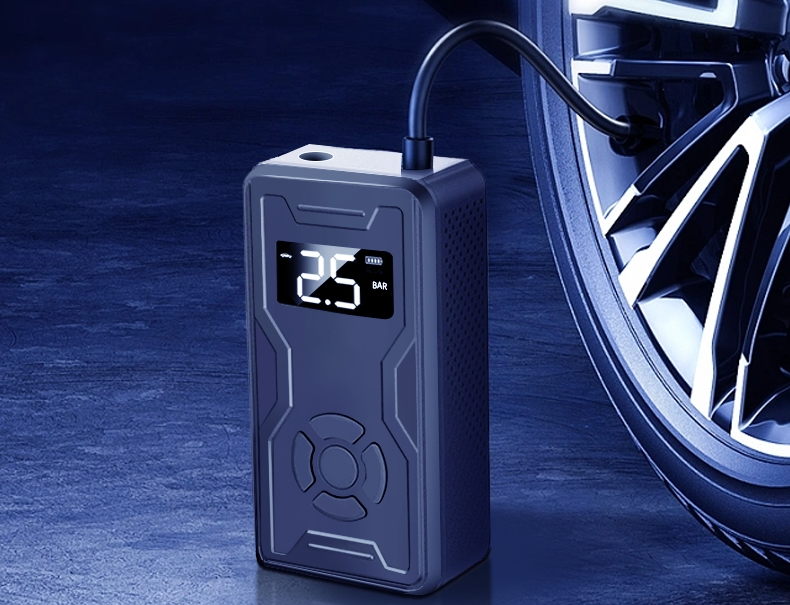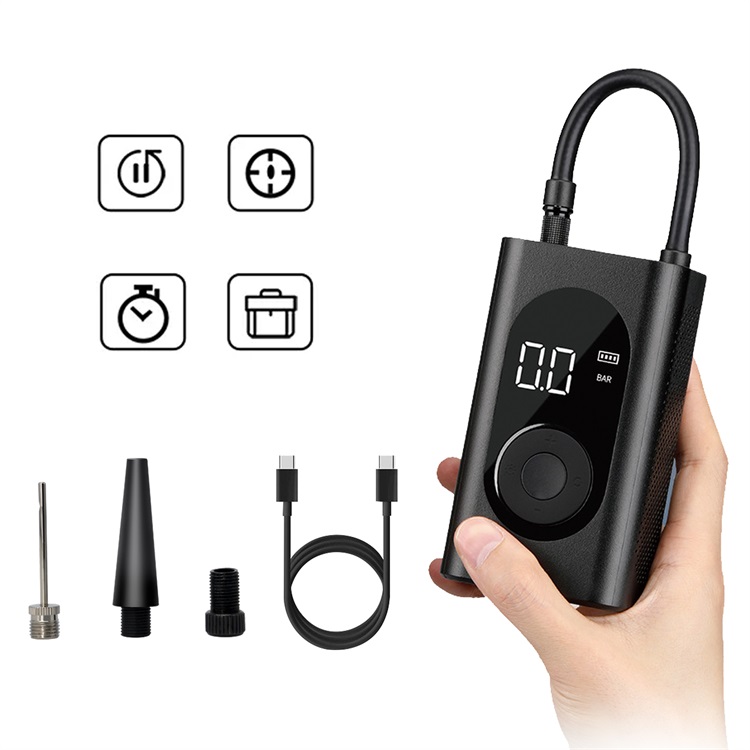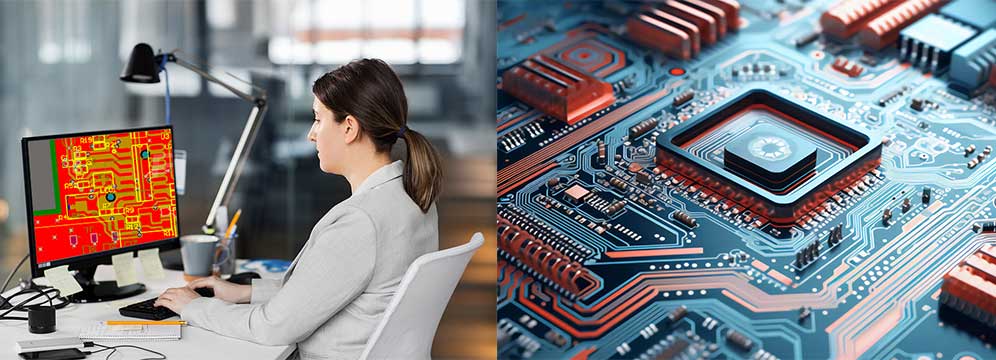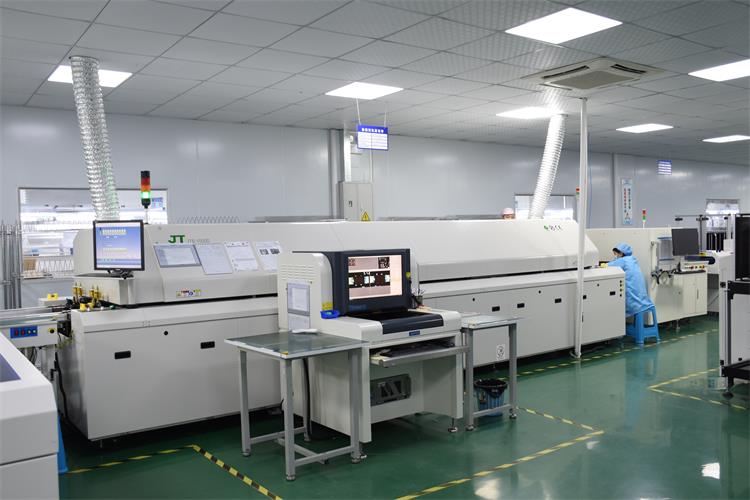Portable Tire Inflator: Technology and Market Trends Drive Rapid Growth
In recent years, the portable tire inflator industry has seen rapid growth, driven by technological advancements and diverse market needs. As car ownership continues to rise, along with shifts in outdoor activities and lifestyle trends, tire inflators have become a must-have tool for many. This article explores the key factors driving the development of portable tire inflators, focusing on technology innovation, market demand, and future trends.
1. Technological Innovation Enhances Product Performance
The evolution of portable tire inflators has been marked by several cutting-edge advancements, significantly improving user experience:
Smart Inflation Technology: Many modern tire inflators now feature smart pressure sensors that allow users to preset the desired tire pressure. The device automatically inflates the tire and stops when the target pressure is reached, preventing over- or under-inflation and making the process more efficient and safer.
Powerful Motors and Long-lasting Batteries: With the incorporation of high-performance motors and advanced lithium battery technology, portable tire inflators are now faster, quieter, and more energy-efficient. These improvements make them easier to carry and use in various situations.
Multi-functional Design: Beyond just inflating tires, many portable tire inflators also serve as emergency power sources, LED lights, and even mobile chargers. This multifunctionality meets consumers' growing demand for versatile and practical tools in daily life and outdoor adventures.
2. Diverse Market Demand Drives Growth
The increasing popularity of portable tire inflators is fueled by various market segments:
Automotive and Outdoor Enthusiasts: With the global rise in car ownership, especially in SUVs and RVs, tire inflators have become essential tools for emergency roadside repairs. Simultaneously, outdoor activities like camping, cycling, and hiking are boosting demand for portable inflators.
E-bikes and E-scooters: As eco-friendly transportation options like electric bikes and scooters gain popularity, tire inflators designed for smaller tires are seeing higher demand, particularly in urban areas where such vehicles are common.
Home and Sports Markets: Inflatable furniture, air mattresses, and sports equipment such as balls also require efficient inflators. This creates opportunities for manufacturers to develop versatile products suitable for both professional and household use.
3. Competitive Landscape and Industry Trends
As the market expands, competition within the portable tire inflator sector intensifies. International and local brands are striving to differentiate their products through innovation, quality, and customer service:
Price Competition: Entry-level inflators face aggressive price wars, with companies aiming to lower costs and increase production. However, in the premium segment, consumers prioritize quality, smart features, and brand reputation, allowing brands to charge a premium for top-tier products.
Brand Influence: Well-established brands such as Michelin and Bosch have a strong presence in the tire inflator market due to their commitment to durability and performance. New players, on the other hand, leverage innovative designs and competitive pricing to quickly gain market share.
4. Sustainable and Green Technology Integration
As environmental awareness grows, the portable tire inflator industry is embracing sustainable practices. Manufacturers are increasingly using eco-friendly materials and low-energy motors to reduce the environmental footprint of their products. Solar-powered inflators, designed for extended outdoor use, are gaining popularity as a green alternative, providing longer-lasting functionality for users.
Conclusion
The portable tire inflator market is evolving rapidly, driven by technological advancements and growing consumer demand. Products with smart, multi-functional, and eco-friendly features will continue to shape the future of the industry. As more people rely on tire inflators for both daily and emergency use, these devices will become indispensable tools in modern life, offering convenience, safety, and sustainability for drivers and outdoor enthusiasts alike.
-
How to Reduce Signal Interference in PCB Design?
넶6 2025-02-10 -
Wave Soldering: Advantages and Disadvantages
넶29 2025-01-06 -
How do you handle PCBA?
넶15 2024-12-23 -
PCBA Layout vs PCB Layout: Key Differences from Design to Assembly
In the manufacturing of modern electronic products, both PCB (Printed Circuit Board) and PCBA (Printed Circuit Board Assembly) play crucial roles. Within the design process, PCB Layout and PCBA Layout are two important concepts. While they share some similarities, there are significant differences in their applications and importance.
넶10 2024-11-20 -
Exploring the Future: The Innovative Features of Portable Air Pumps!
As technology continues to progress, portable air pumps are rapidly evolving to become smarter, more convenient, and multifunctional. Curious about the surprises that future portable air pumps might bring? Join us on this exciting journey of discovery!
넶14 2024-11-04 -
Exploring Reflow Soldering Technology in SMT Processes and Its Advantages
As market demand for high-quality electronic products continues to grow, the importance of SMT and reflow soldering technologies becomes increasingly prominent. These processes not only enhance production efficiency but also ensure product consistency and reliability. By continually optimizing these workflows, companies can maintain a competitive edge in an intense market landscape.
넶10 2024-11-02

























